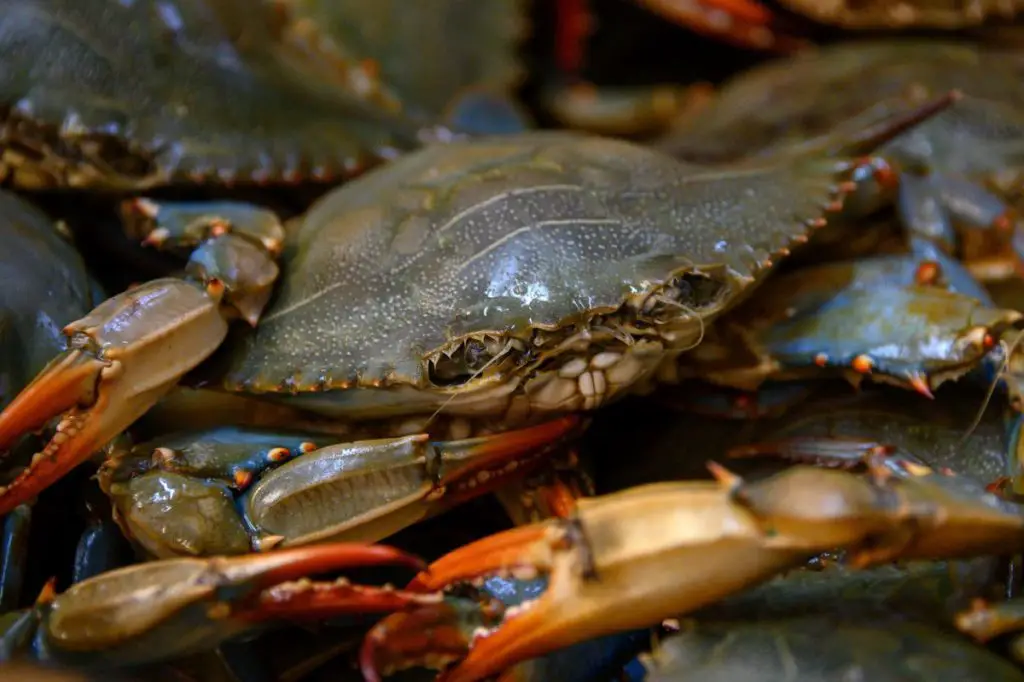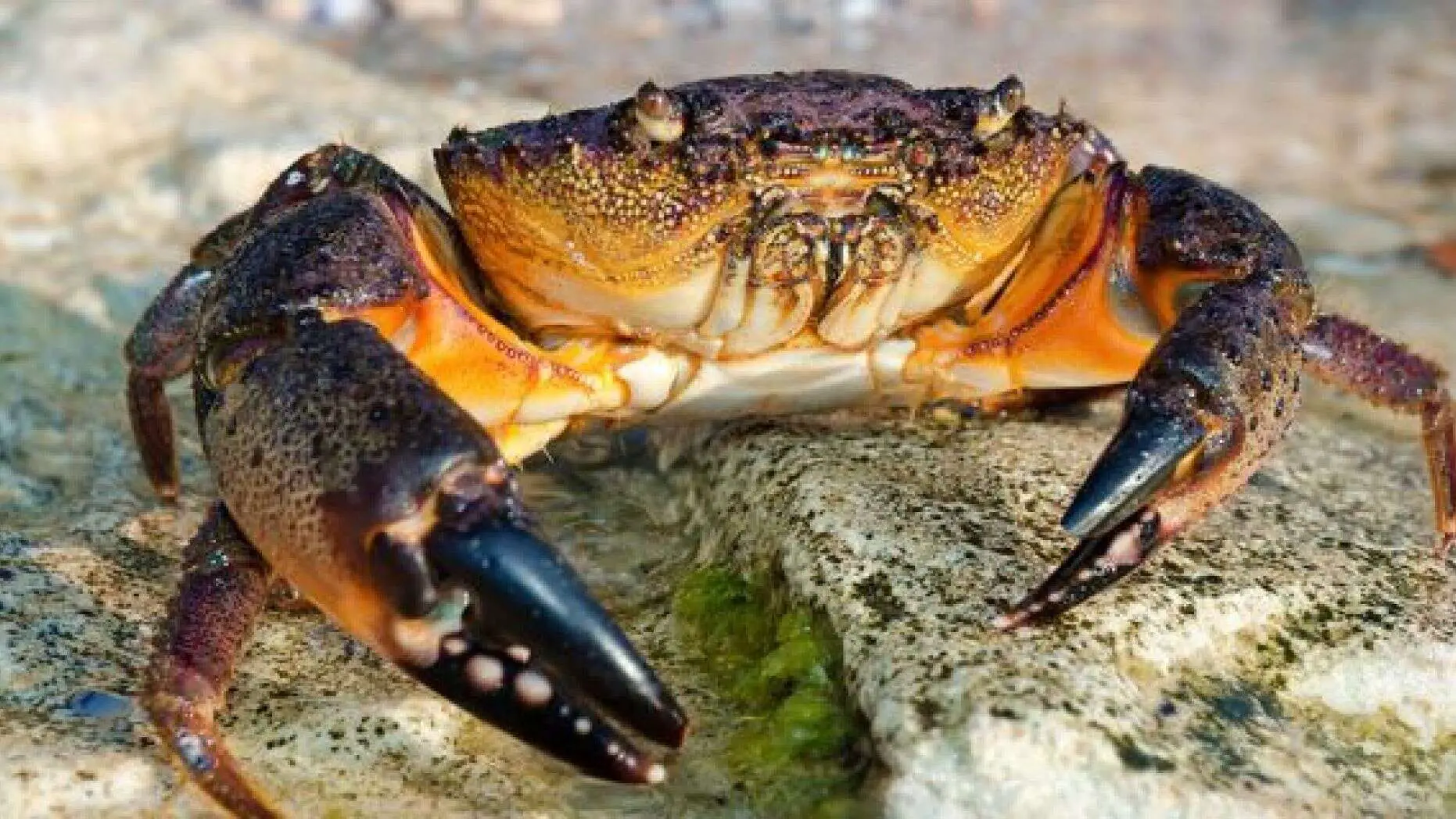There many species of crabs in Florida however there are 3 main types of crabs found in Florida that are edible or the most common on menus. These are the blue crab, the stone crab, and the golden crab.
Contents
Blue Crabs
Blue crabs are the most common of the 3. You can find blue crabs throughout the entire coastal area of the state of Florida. These crabs generally live in saltwater however you can also find them in freshwater habitats from time to time.
There are certain rules in place as it pertains to hunting blue crabs in Florida. For example, there is a shut-off period, the dates of which alternate between East and West Florida on odd and even years.
All you need to catch them during the hunting season is a saltwater fishing license. Generally, they are easy to capture and they are one of the easiest crabs to cook.

Stone Crab
On the other hand, you have stone crabs, the majority of which can be found in the far south of Florida. The hunting season for stone crabs in Florida is October 15 to May 15 yearly.
The usual method for hunting these crabs involves removing the largest claw and returning the crab back to the ocean. This is because they can regrow their limbs over time.
Golden Crab
Golden crabs are not as popular as the other types of crabs in Florida because they are harder to find. They live in water that at least 1000 feet deep. Catching these crabs requires a cold storage unit on the fishing boat in order to replicate the crab’s natural environment in the deep seas.

Things To Note
Blue crabs are the cheapest to purchase but it can be hard to find at a store or restaurant. Stone crab claws range from $30-$50 per pound. Golden crab can be purchased for $5-$7 a pound (the whole crab).
While collecting crabs as food, the females are generally thrown back into the ocean. However, if a female is collected, it is not permissible to use those carrying eggs. Crabs carry their eggs on their undersides in what looks like a spongelike substance so it’s not hard to spot.
Further reading:
